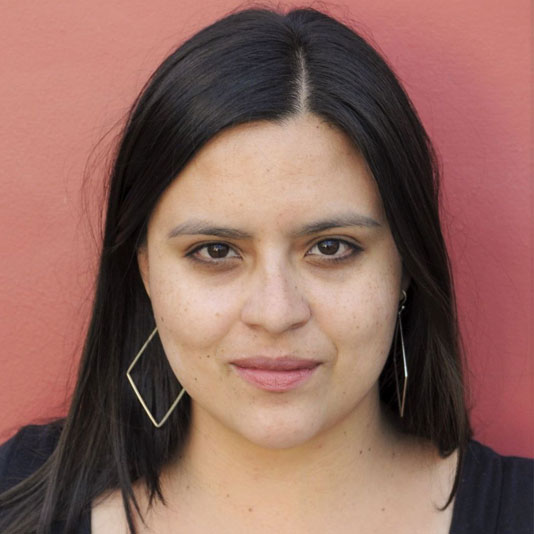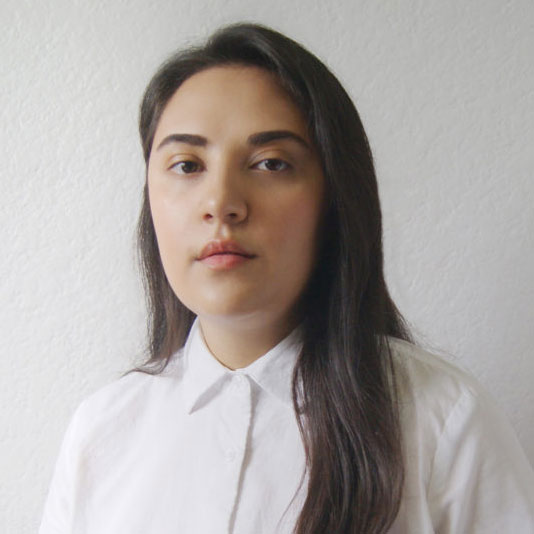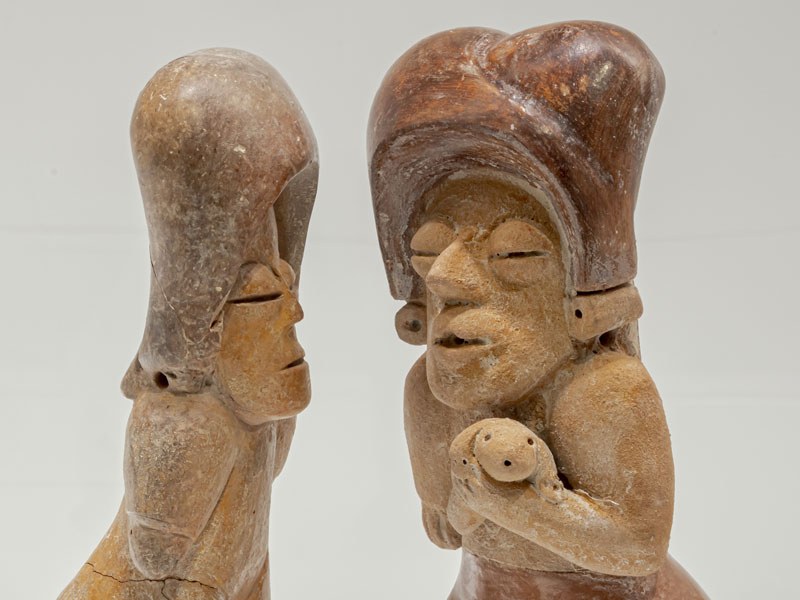November 10, 2022 – March 13, 2023
Replicas and Reunions: Ancient and Contemporary Ceramics from Ecuador
Lobby. 1st Floor
Included with admission. Free for Gardiner Friends.
This lobby exhibition features a new body of work by Quito-based artist Pamela Cevallos and five collaborators from the rural coastal town of La Pila: Andrés López, Genaro López, Daniel Mezones, Javier Rivera, and Guillermo Quijije. It explores the artisanal and ancestral knowledge of ceramic production in Ecuador and the continuity of a longstanding tradition.
La Pila and its surrounding regions have been important sites for archeological excavation since at least the middle of the 20th century. Many ancient Indigenous cultures represented in the Gardiner Museum’s collection—like the Jama Coaque, Bahía, Chorrera and Manteño—are from this area. In the 1960s, 70s, and 80s, some residents of La Pila worked to excavate ancient ceramics on their own or alongside national and international archeologists and art dealers. As an alternative to agricultural work, many residents in La Pila became ceramists and worked to reverse engineer the techniques of their ancestors
Cevallos pairs ancient Ecuadorian objects from the Gardiner Museum’s collection with replicas commissioned from artisans in La Pila to recognize their knowledge and contribution to contemporary art and archeological understandings of the region. She also juxtaposes her paintings to ceramics commissioned from respected senior artisan Guillermo Quijije to respond to timely discussions of the international transit of non-Western cultural objects into systems of capitalist exchange through museum collection-building.
The Gardiner Museum Curatorial Residency is made possible through the generous support of the Rebanks Family.

About the Artist
Pamela Cevallos
Pamela Cevallos is a Quito-based artist, anthropologist, and curator. Her work explores the social life of things, including collecting practices and the use of archives. She has researched the history of national museums in Ecuador and the process of heritage-making during the 20th century. Since 2015, Cevallos has worked with the La Pila community around the memories and knowledge of artisans that create archaeological replicas. She is the recipient of the New Mariano Aguilera Prize (2017) and the Paris Prize of the XV Cuenca Biennial (2021). She is a professor at the Visual Arts School of the Pontifical Catholic University of Ecuador.

About the Curator
Maya Wilson-Sanchez, Curatorial Resident
Maya Wilson-Sanchez is a curator and writer based in Toronto and New York. She is interested in processes of history-making and building connections between local and international communities to foster networks of exchange and solidarity. The 2020 recipient of the Middlebrook Prize for Young Canadian Curators, Wilson-Sanchez was a 2021 participant at the Tate Intensive in London, UK. She curated Intra-Action: Live Performance Art (2016, 2017) at Xpace Cultural Centre; Living Room (2017) at the Royal Ontario Museum; DIY Love: Queer Knowledge & History Then, Now, and Forever (2017) at Pride Toronto; Grounding (2020) at the Art Gallery of Guelph; and most recently served as one of the main curators for Toronto’s Year of Public Art, curating the 2021-2022 exhibition series I am land.
Exhibition Programs
Join us for special exhibition programs including talks and tours!

Free Curator Talk and Reception with Maya Wilson-Sanchez
November 10, 6 – 8 pm
